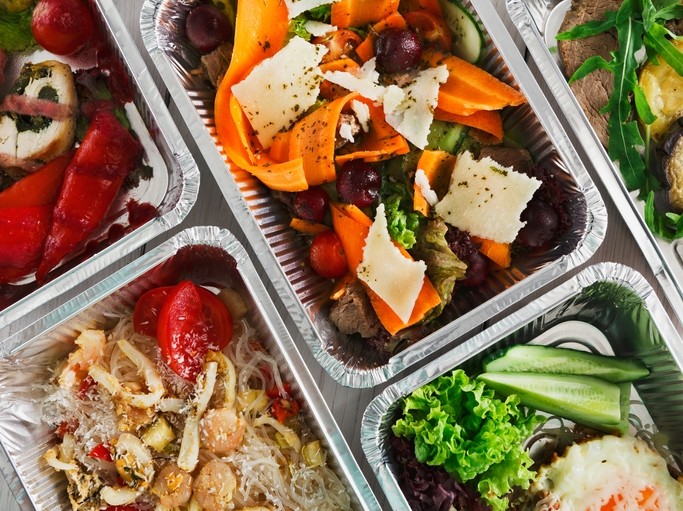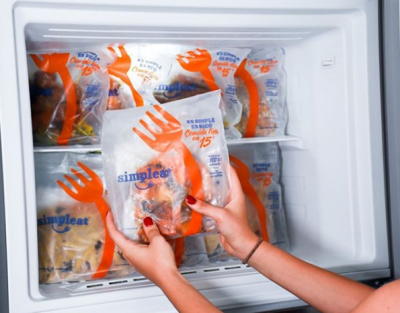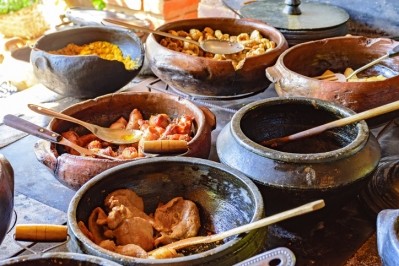How to freshen up Brazil's stale ready meal category

Brazil has never been a big market for ready meals, and the low number of product launches - just 2% between 2015 and 2019 compared to 20% in South Korea and 17% in the US - reflects this.
“The ready meal category has a big challenge here because they are not something Brazilians are used to eating a lot,” Mintel food and drink analyst Ana Paula Gilsogamo told FoodNavigator-LATAM at FISA last week.
One of the barriers is that people like to eat food they can flavor and ‘customize’ themselves with spices.
“We have this connection with food and the culture of preparing food at home from fresh ingredients. Many people see ready meals as [containing] a lot of preservatives.
Removing artificial additives and on-pack claims that boast about using ‘real’ ingredients is something that could change ready meals’ image problem, said Gilsogamo.
“We’ve been seeing more transparent packaging and [on-pack] communication to show where the ingredients come from, how the animals were raised and this is a step in the right direction," she said.
The price barrier
“In other countries, ready meals might be cheaper than buying fresh ingredients but in Brazil, it’s the opposite. If you go to a neighborhood market, you’ll find fresh products and you can prepare your own food for less.”
“When we ask Brazilians what they do to save money, a lot of the time they say ‘I cook at home’. But today, a lot of women are working outside of the home so they don’t have time to cook at home but this cooking culture is still there.”
This means the need for convenience needs to be real, and consumers must believe that while ready meals may not help them save money, they are time-saving.
Meal kits blend convenience and cooking
Another solution is products that lie somewhere in between a ready-to-eat, microwaveable lasagna and a basket of fresh tomatoes, minced beef, lasagna sheets and bechamel sauce – such as meal kits.
Meal kits may also be more ‘inline’ with Brazil’s current dietary guidelines, which advise people to avoid ultra-processed food and cook at home using fresh ingredients where possible. It also encourages people to eat together and to develop skills in the kitchen.
Number seven on the 10-point list of healthy eating advice reads: “If you have cooking skills, develop them and share them, especially with boys and girls. If you do not have these skills – men as well as women – acquire them. Learn from and talk with people who know how to cook. Ask family, friends, and colleagues for recipes, read books, check the internet, and eventually take courses. Start cooking!”
Mintel sees the meal kit category as nascent – but with potential.
Gilsogamo said: “Here there still very few options for [meal kits] and most of those that exist are subscription-based so you have to pay for one month and you receive a delivery. They aren’t in retail and this is a problem because you need to think in advance. You can’t just see it in the supermarket and think ‘This looks good, I’ll eat this tonight.’”
Brazil’s subscription meal kit company Chef Time is one of the few that can be found on supermarket shelves. It recently teamed up with premium retail chain Pão de Açúcar and its range includes tapioca cubes with organic pepper jelly.
However, its products are not within the average Brazilian’s price range and, according to Gilsogamo, there is a gap in the market for more affordable options for middle-class Brazilians.
What flavors and ingredients would work well?
Mintel’s data, which tracks product launches in markets around the world, shows opportunities for both ‘exotic’ flavors and regional dishes.
“For foodies and premium [shoppers] we saw an interest in international cuisine that could be a way to attract this consumer base for the first time," said the Mintel analyst. "But we also saw Millennials saying they would like to regional Brazilian food in ready meals, and I haven’t seen a lot of examples of this [on the market].”
Brazil’s vast size means there are plenty of regional options, and many of them would fit well into a ready meal format, Gilsogamo added, such as slow-cooked stews or rice-based dishes that can be eaten in a bowl, like baião de dois or arroz carreteiro.
Native ingredients that are seen as healthy, such as acai or tapioca, could be good additions, she added.
Brazil’s big cities, particularly Sao Paolo, has a massive Japanese population (the biggest in the world outside Japan) as well as Korean and Chinese. Asian flavors are therefore both exotic and ‘safe’.











